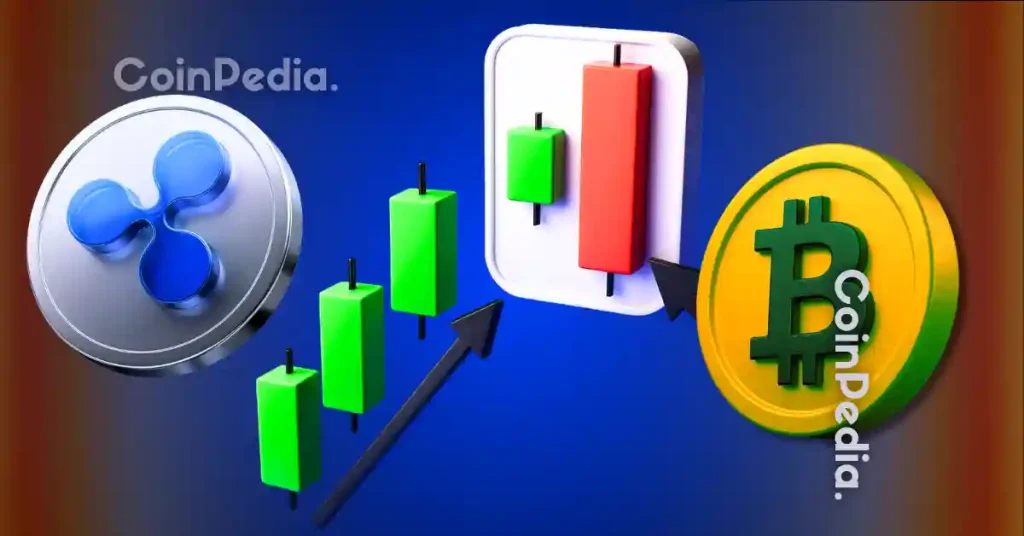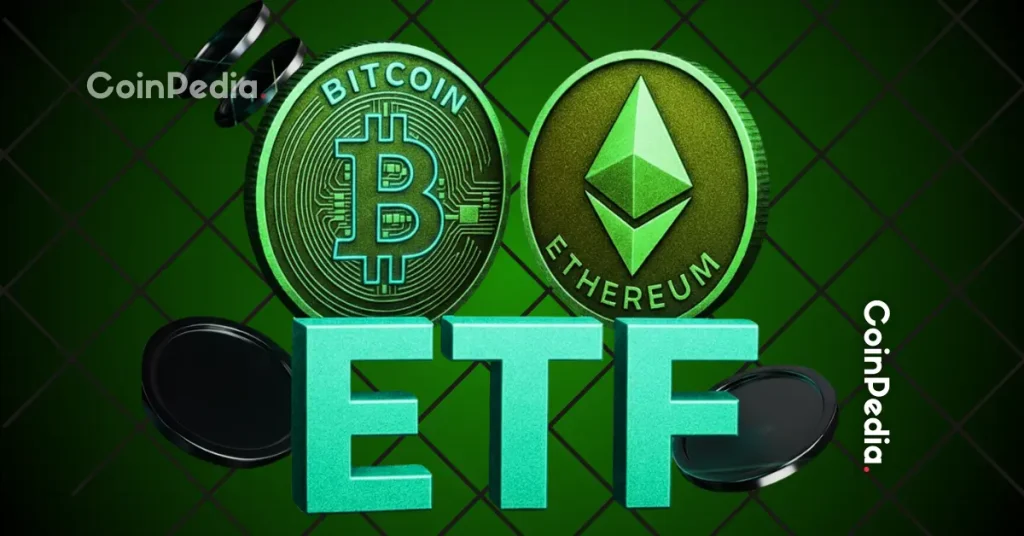
The post Graphite Network’s Bank Integration Demo Answers Powell’s Call for a Fresh Look at Debanking appeared first on Coinpedia Fintech News
Federal Reserve Chair Jerome Powell’s words, spoken just a couple of days ago, are echoing across the industry:
“My colleagues and I are struck by the growing number of cases of what appears to be debanking, and we’re determined to take a fresh look at that.”
His remarks signal a renewed effort to reevaluate restrictive banking policies that have unfairly targeted crypto firms. The issue of debanking, a scenario in which traditional financial institutions must cut ties if they have not yet outright excluded businesses associated with cryptocurrencies, ranked among the deepest problems in the industry over the past five years.
While Powell clarified that the Federal Reserve does not intentionally push banks away from working with digital asset companies, he, at the same time, admitted that regulations which existed before Trump’s second term resulted in unfavorable barriers.
However, President Donald Trump campaigned on a pro-crypto stance, and just a month after his return to the White House, the conversation around pro-crypto policies, including debanking, is gaining momentum. Within just weeks of taking office, Trump’s administration has begun rolling back previous anti-crypto banking measures, opening the door for traditional financial institutions to integrate digital assets more seamlessly.
The SEC is reconsidering rules that previously prohibited banks from holding Bitcoin and other digital assets on their balance sheets. The FDIC is under pressure to revise guidelines that made it difficult for banks to service crypto businesses and Trump has launched Truth.Fi, the financial arm of Trump Media, offering ETFs, crypto investment products, and “Patriot Economy” assets. Even Wall Street titans are acknowledging the growing need to embrace digital assets.
As politicians debate regulations, a process that could take years, Graphite Network is already building the infrastructure banks need to make secure and reliable crypto banking a reality. Through its Bank Integration Demo, Graphite Network is providing financial institutions with what they need to connect to Web3.
Marko Ratkovic, CTO at Graphite Network, highlighted:
“Powell’s remarks confirm what we’ve known for years—debanking has been a major obstacle for crypto firms. But the bigger issue is that banks lack the infrastructure to safely and efficiently engage with digital assets. Graphite Network is solving this by developing the reputation-based financial architecture needed for seamless blockchain-to-bank integration.”
With legacy banks often slow to adapt, or even dismissive of evolving trends and regulations, Graphite Network’s Bank Integration Demo provides a much-needed alternative. It is intended to help banks integrate crypto services in a compliant and risk-mitigated manner, and here’s how:
- Enable banks to onboard crypto businesses securely without violating regulatory guidelines,
- Forge strategic partnerships with banks and financial institutions to accelerate adoption,
- Demonstrating how blockchain makes banking faster, smarter, and more efficient in practice,
- Facilitate blockchain-based settlements, reducing transaction costs and processing times,
- Implement privacy-preserving KYC reputation systems, ensuring that institutions can distinguish between legitimate businesses and shady figures while also catering to the needs of privacy-conscious blockchain users.
By providing all this, Graphite Network aims to position banks at the forefront of the digital asset economy instead of leaving them playing catch-up.
How Graphite Network Could Help Solve the Debanking Problem
Masses won’t adopt Web3 without seamless integration with traditional finance (TradFi). Graphite Network drives this shift by providing banks with compatible infrastructure while these features can be also helpful when it comes to solving the debanking crisis:
1. Reputation Scoring
A major challenge in the crypto industry is determining which businesses can be trusted. History has shown that even the biggest names, like FTX, weren’t necessarily the safest. Traditional banks struggle to assess crypto firms, often defaulting to outright debanking rather than evaluating risk properly.
Graphite Network changes this with its ‘One User, One Account’ policy (new users are required to activate their accounts by paying a small fee in @G, Graphite Network’s native token), Trust Scores, and transparent assessments.
Combined with the Graphite Network’s Trust Score credibility system (taking into account factors such as account age, KYC level, transaction history, and others), financial institutions can check on-chain reputation scores for every user and business, ensuring they comply with Anti-Money Laundering (AML) regulations while reducing interactions with duplicate accounts, fraud exposure, and other risks.
2. Privacy-Focused KYC
Traditional KYC processes in banking often require customers to hand over extensive personal data, which banks then use for marketing rather than security. Meanwhile, bad actors can still find loopholes to manipulate the system.
Graphite Network’s approach introduces off-chain, ZK-Proof-based KYC verification, allowing banks to verify users’ personal information without exposing sensitive data. Currently, the details such as age can be validated via a social media verification and Graphite Network will expand to more methods in the future, helping institutions comply with regulations without over-collecting personal information.
Also, younger generations want privacy and better tech, and Graphite Network’s KYC helps banks meet those expectations.
3. Smarter Risk Management
Graphite Network is also developing tagged addresses, which will allow banks and regulators to see exactly how funds are being used. This feature will help financial institutions distinguish between legitimate transactions (e.g., donations, payroll, business expenses) and suspicious activity (e.g., gambling, illicit transfers). Smart contracts will be able to block transactions from flagged addresses, adding another layer of security and accountability to crypto banking.
4. Reputation-Based Banking
Graphite Network helps banks offer better, more personalized banking services by using a customer’s financial history. Instead of giving everyone the same interest rate, banks can use smart contracts to reward trustworthy customers (like offering higher savings rates to those with a steady income or a long history with the bank). This makes banking fairer and more flexible, while still following the rules and keeping everything secure.
The barriers to crypto banking are quickly dissolving, with Trump’s pro-digital stance and Powell’s acknowledgment of debanking concerns. However, regulatory shifts from Washington isn’t enough, banks need infrastructure to securely integrate crypto. Graphite Network is delivering that solution, bridging TradFi and DeFi to shape the future of banking.

 7 months ago
47
7 months ago
47




 English (US) ·
English (US) ·